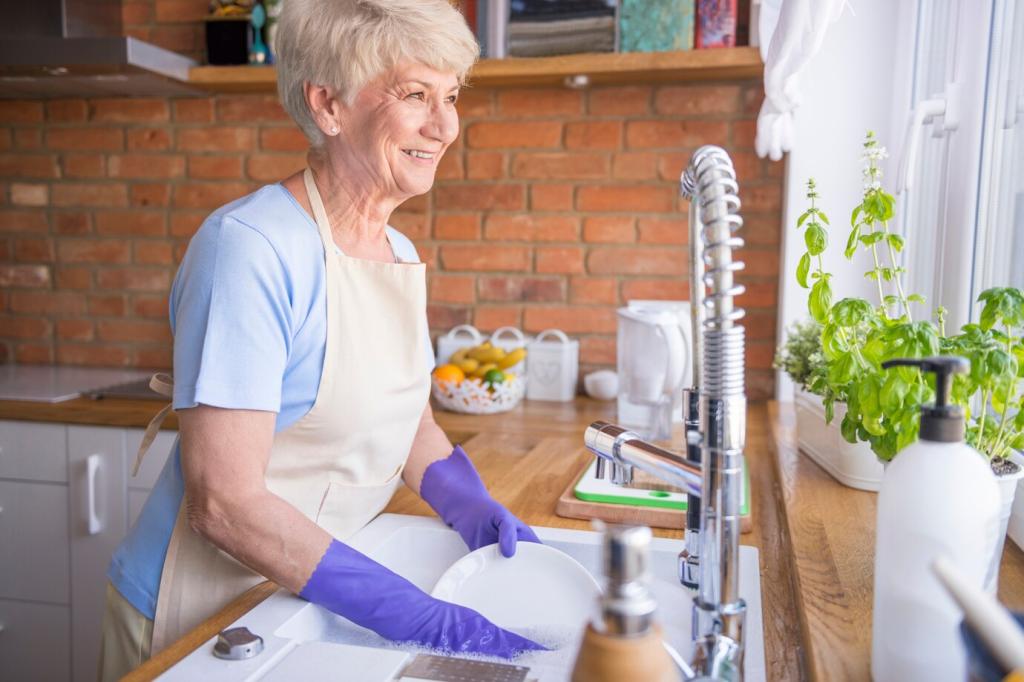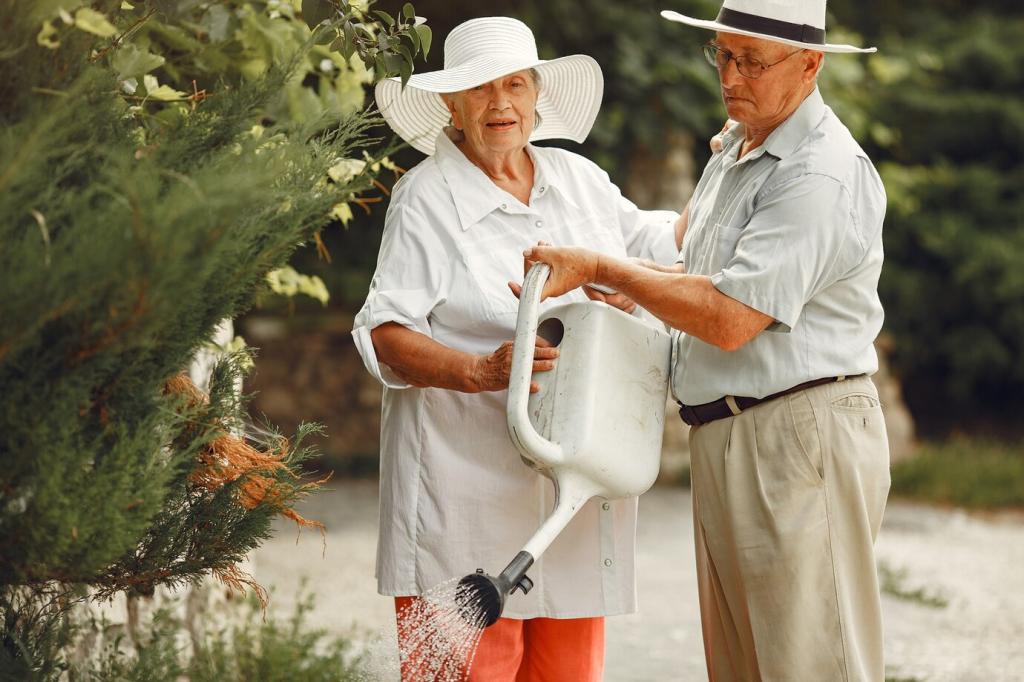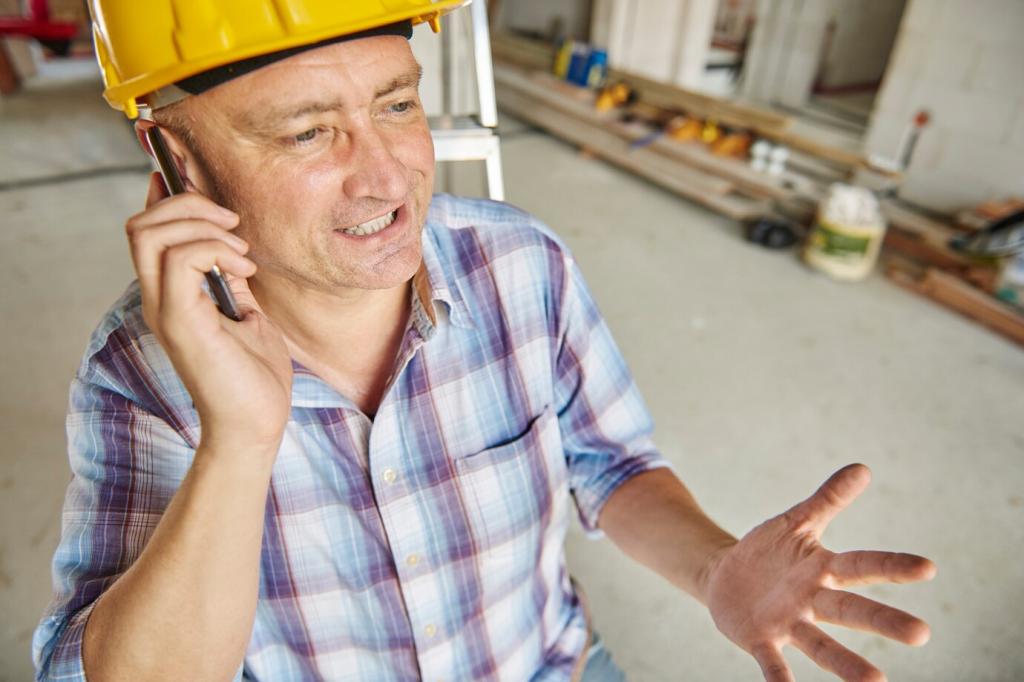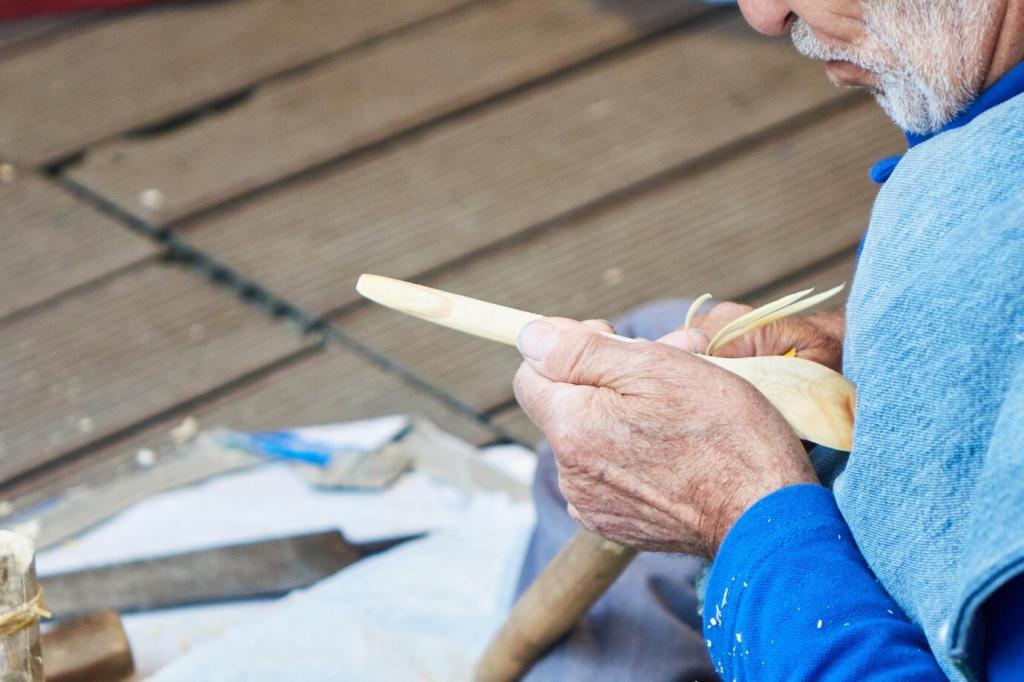Keep Leather Alive: Prolonging the Life of Leather Furniture
Chosen theme: Prolonging the Life of Leather Furniture. Welcome to a warm corner of practical wisdom, lived-in stories, and hands-on methods that help your leather pieces age beautifully rather than simply get older.


Full-grain leather retains the strongest fibers and natural markings, developing a deep patina with care. Top-grain is slightly sanded for uniformity, still durable but less rugged. Share your sofa’s type below and we’ll tailor advice.

Aniline leather breathes richly but stains easily, demanding gentle cleaners and regular conditioning. Semi-aniline adds thin protection, balancing comfort and resilience. Pigmented finishes resist wear, favoring mild cleaning and periodic protective creams.

Bonded or heavily corrected leathers can look flawless yet age unpredictably, especially at stress points. If your tag mentions polyurethane or reconstituted fibers, plan gentler cycles, more frequent inspections, and protective throws in high-traffic areas.
Daily Habits That Add Years to Leather Life
Keep leather at least two feet from radiators or heat vents and out of direct midday sun. UV and dry heat accelerate fading and dryness. Consider UV-filtering film or curtains, and tell us what lighting your room gets year-round.

Cleaning Without Harm: Preserve the Fibers, Keep the Glow
Skip harsh soaps and all-purpose sprays that disturb the finish. Use pH-balanced leather cleaners applied to a cloth, not directly to the surface. Distilled water avoids mineral marks. Ask for product ideas based on your leather’s finish.


Cleaning Without Harm: Preserve the Fibers, Keep the Glow
When accidents happen, blot gently within a minute using an absorbent cloth, working from the edge inward. Rubbing spreads the stain and lifts dye. Share your worst spill story and we’ll turn it into a prevention checklist together.
Conditioning Like a Pro: Rehydrate, Don’t Smother
What to Use and What to Avoid
Look for conditioners with balanced oils and waxes, like lanolin or beeswax blends, avoiding heavy silicones that seal pores. Less is more. Curious which brands behave best on aniline vs pigmented leather? Drop your finish and we’ll advise.
Seasonal Timing and Humidity Synergy
Condition more frequently in dry winters and after heat waves, when moisture loss is highest. Aim for indoor humidity around 40–55%. Pair conditioning with a gentle clean to lock in flexibility. Share your local climate for a custom cadence.
Technique Matters: Thin Coats and a Patient Buff
Apply small amounts in overlapping circles with a clean cloth, allowing full absorption before a soft buff. Two thin coats beat one heavy layer. Tell us your current method, and we’ll refine it to maximize luster without residue.
Map the Room: Vents, Windows, and Paths
Place furniture away from heat sources and direct glare. Consider traffic flow to minimize friction on arms and corners. A small shift today can save a re-dye tomorrow. Share a quick room sketch, and we’ll suggest longevity tweaks.
Humidity, Airflow, and UV Filters
Use a hygrometer to track levels, a quiet humidifier in dry months, and breathable space around furniture for airflow. UV films and sheer curtains soften harsh light. Comment with window orientation and we’ll suggest targeted protections.
Guards Against Dye Transfer and Abrasion
Dark denim and unsealed fabrics can tint pale leather. Add washable throws, choose colorfast textiles, and rotate cushions to spread wear. Have a favorite protective accessory? Tell us, and we’ll compile reader-tested solutions worth trying.
Repair, Refresh, and Real-World Lessons
Minor Scratches: Calm Hands, Simple Tools
For light scuffs, a clean fingertip’s natural oils or a dab of leather balm can blend marks. Deeper scratches may need a heat-activated filler and recoloring balm. Ask about your exact shade, and we’ll outline a careful, safe approach.


When to Re-Dye and When to Call a Pro
If fading is widespread or seams show distress, a quality re-dye kit can refresh tone; structural issues warrant a professional. Share photos of trouble spots, and we’ll help you decide on a DIY route or expert intervention.
